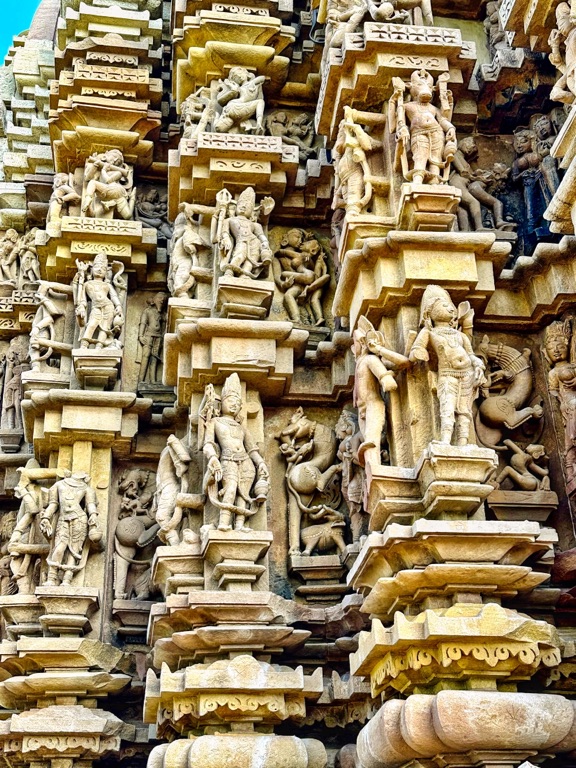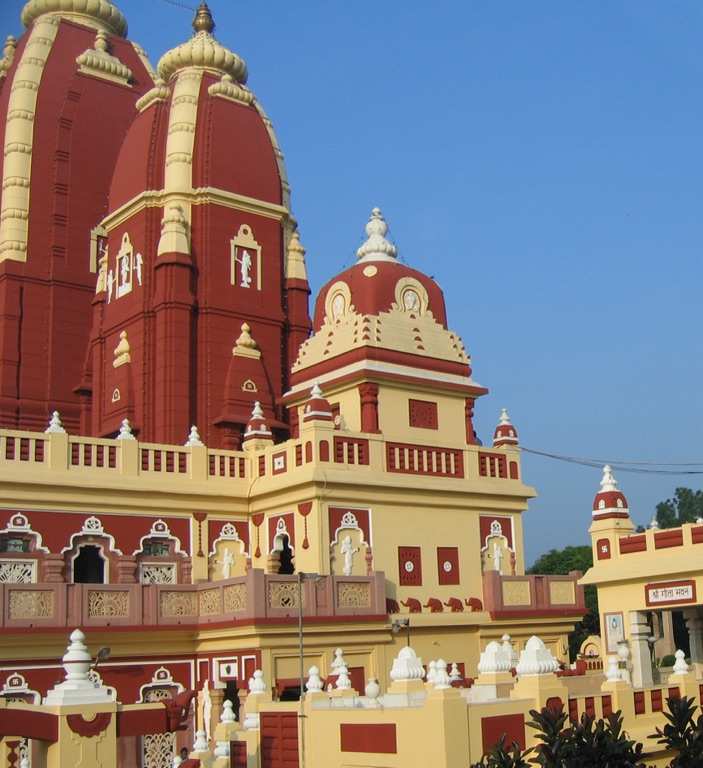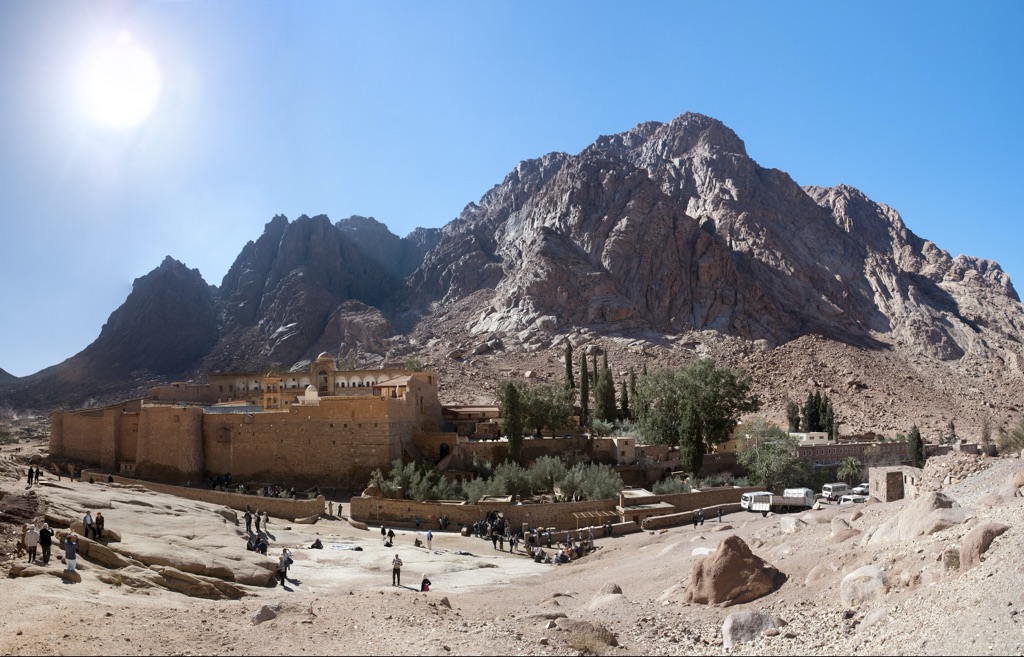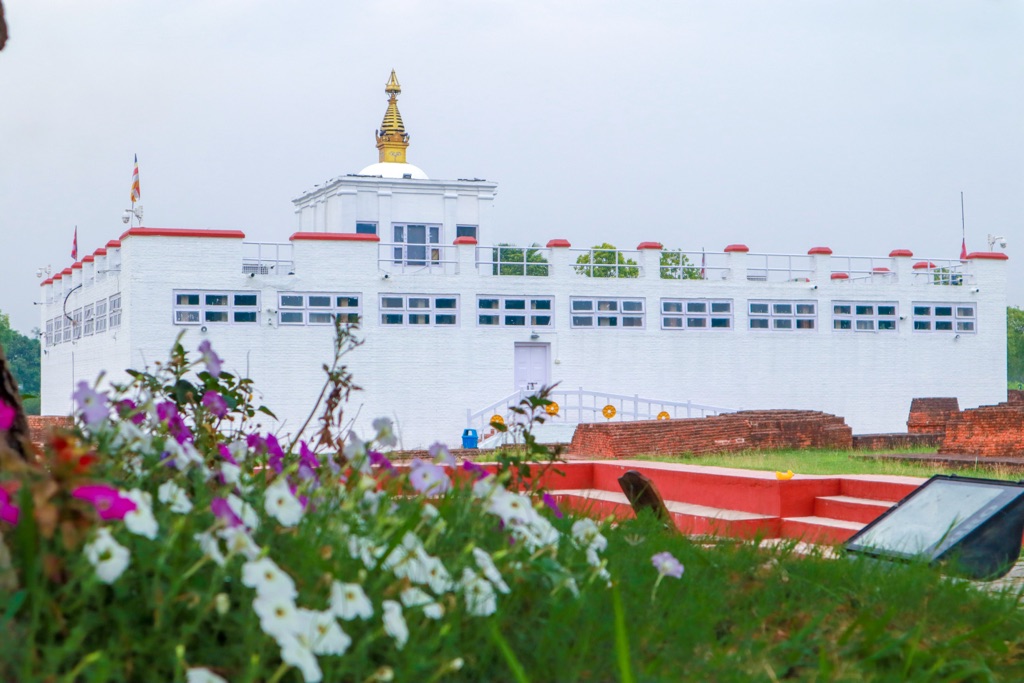Dating back to the 6th century, Ratnagiri Monastery stands as a pillar of India’s rich Buddhist heritage. Located in Odisha, this ancient site testifies to the religious fervor and architectural mastery of the past. The monastery flourished under the reign of the Gupta dynasty, attracting monks and scholars. Its location aided its growth, positioned as it was along key trade routes. This allowed for the exchange of both tangible goods and intangible knowledge. Although in ruins, Ratnagiri Monastery continues to fascinate historians and spiritual seekers. Its stupa, shrines, and sculptures provide invaluable insights into the life and teachings of Buddha.
Religious Structures

Abuna Yemata Guh Church
Abuna Yemata Guh Church is a site where history and spirituality meet. Carved entirely into a cliff’s face, this church has been a sanctuary since the 5th century. It is adorned with well-preserved frescoes and its architecture reflects the rich history of the Ethiopian Orthodox Church. Legends say it was founded by the eponymous priest Abuna Yemata, one of the Nine Saints. They contributed to the spread of Christianity across Ethiopia. The church’s secluded location and dramatic access route add to its allure, making it a pilgrimage site for devoted worshippers and history enthusiasts alike.

Duladeo Temple
Located in Khajuraho, India, the Duladeo Temple stands as a testament to medieval Indian architecture. This temple, dedicated to the god Shiva, showcases intricate stone carvings and elegant sculptures. The Duladeo Temple is part of the Khajuraho Group of Monuments, a UNESCO World Heritage Site. Visitors marvel at its detailed artwork depicting various deities, celestial maidens, and the famous erotic sculptures. The temple’s design follows a classic five-part layout, emphasizing symmetrical aesthetics. Those interested in history and architecture find Duladeo Temple a well-preserved example of the Chandela dynasty’s ingenuity and devotion.

Lakshmi Narayan Temple
The Lakshmi Narayan Temple, also known as the Birla Mandir, stands as an architectural gem in the vibrant heart of India. Dedicated to the Hindu Goddess of wealth, Lakshmi, and her consort, Lord Vishnu, the temple has been a beacon of divine solace since its consecration in 1939. Made from the finest white marble, it features intricate carvings that depict scenes from Hindu mythology, offering a glimpse into the sacred stories that have shaped the culture. This revered site is not just a place of worship but also a center for cultural and social events that unite people from all walks of life.

Saint Catherine’s Monastery
Located at the foot of Mount Horeb, Saint Catherine’s Monastery stands as a testament to religious devotion and cultural heritage. It sits in the Sinai Peninsula, Egypt, where it is said that Moses received the Ten Commandments. This Orthodox monastery, dating back to the 6th century, holds vast spiritual and historical significance. It is one of the oldest continuously operating Christian monasteries in the world. Pilgrims and tourists flock here to experience its ancient atmosphere and remarkable architecture.

Maya Devi Temple, Lumbini
Maya Devi Temple in Lumbini stands as a testament to spiritual reverence and historical significance. It marks the birthplace of Lord Buddha and draws pilgrims worldwide. Here, visitors can witness the ancient ruins and the exact spot where Queen Maya Devi gave birth. The temple’s sacred pond and the Ashoka pillar add to its historical richness. This serene location offers a journey back in time and provides a tranquil atmosphere for reflection and meditation.

